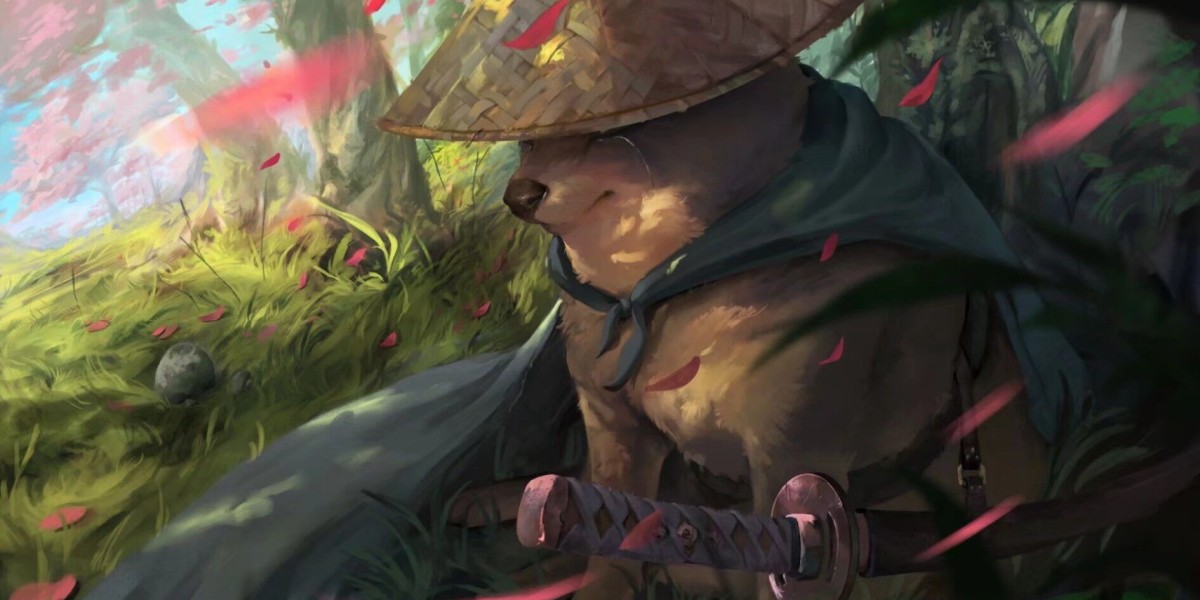Ping pong, also known as table tennis, is a fast-paced and exciting sport enjoyed by millions worldwide. Whether you're a beginner or a seasoned player, having the right ping pong paddle can significantly impact your performance. In this comprehensive guide, we’ll explore everything you need to know about ping pong paddles, including types, materials, grip styles, and how to choose the best one for your playing style.
Why Choosing the Right Ping Pong Paddle Matters
A high-quality ping pong paddle enhances control, spin, and speed, giving you a competitive edge. The wrong paddle can hinder your gameplay, making it difficult to execute precise shots. Understanding the different components of a paddle will help you make an informed decision.
Anatomy of a Ping Pong Paddle
A standard ping pong paddle consists of three main parts:
Blade – The wooden part of the paddle that provides structure.
Rubber – The outer layer that contacts the ball, affecting spin and speed.
Sponge (optional) – A layer between the blade and ping pongrubber that adds cushioning and power.
1. Types of Ping Pong Paddle Blades
The blade is the foundation of your paddle and comes in different materials and thicknesses:
All-Wood Blades – Best for beginners, offering good control and a softer feel.
Composite Blades (Carbon Fiber, Arylate, or Kevlar) – Provide more speed and power, ideal for advanced players.
Offensive vs. Defensive Blades – Offensive blades are stiffer for aggressive play, while defensive blades are flexible for better control.
2. Ping Pong Paddle Rubber Types
The rubber surface determines how the ball reacts when hit. There are two main types:
Pips-In (Inverted) Rubber – Smooth surface, great for spin and control.
Pips-Out Rubber – Nubbed surface, better for speed and less spin.
Additionally, rubbers come in different styles:
Tacky Rubber – Grippy, ideal for heavy spin.
Non-Tacky Rubber – Smoother, better for speed.
3. Sponge Thickness and Its Impact
The sponge layer between the blade and rubber affects power and control:
Thin Sponge (1.5mm - 1.8mm) – More control, less speed.
Medium Sponge (1.8mm - 2.1mm) – Balanced speed and control.
Thick Sponge (2.1mm+) – Maximum power, harder to control.
Types of Ping Pong Paddles
1. Pre-Made Paddles (Beginner-Friendly)
Affordable and ready to use.
Often lack customization.
Best for casual players.
2. Custom Paddles (Advanced Players)
Allow players to choose blade, rubber, and sponge separately.
More expensive but offer superior performance.
3. Penhold vs. Shakehand Paddles
Penhold Paddles – Shorter handle, used in Asian playing styles.
Shakehand Paddles – Traditional Western grip with a longer handle.
How to Choose the Best Ping Pong Paddle
1. Determine Your Skill Level
Beginners – Look for pre-made paddles with all-wood blades and medium sponge.
Intermediate Players – Consider custom setups with better rubber.
Advanced Players – Invest in high-quality carbon blades with tacky rubber.
2. Consider Your Playing Style
Offensive Players – Fast blades with thick sponge for power.
Defensive Players – Flexible blades with thin sponge for control.
All-Around Players – Balanced paddles with medium sponge.
3. Grip Style Matters
Flared Handle – Best for shakehand grip players.
Straight Handle – Preferred by penhold players.
Anatomic Handle – Ergonomic design for comfort.
Top Ping Pong Paddle Brands
Butterfly – Premium brand used by professionals.
Stiga – High-quality paddles for all levels.
DHS (Double Happiness) – Popular among spin players.
Killerspin – Great for intermediate to advanced players.
Cornilleau – Known for innovative designs.
Ping Pong Paddle Maintenance Tips
Clean the rubber regularly with a specialized cleaner.
Store in a protective case to avoid dust and damage.
Replace worn-out rubber for optimal performance.
Frequently Asked Questions (FAQs)
1. What’s the difference between a cheap and expensive ping pong paddle?
Cheap paddles use low-quality materials, while expensive ones offer better control, spin, and durability.
2. How often should I replace my ping pong paddle?
If the rubber loses grip or the blade warps, it’s time for a new one (typically every 6-12 months for frequent players).
3. Can I use any paddle for competitive play?
ITTF-approved paddles are required for tournaments. Check for the ITTF logo before purchasing.
4. What’s the best paddle for beginners?
A pre-made paddle with an all-wood blade and medium sponge is ideal.
Conclusion
Choosing the right ping pong paddle is crucial for improving your game. Whether you're a casual player or a competitive athlete, understanding the different components and how they affect performance will help you make the best choice. Invest in a high-quality paddle that matches your skill level and playing style, and you’ll see a noticeable difference in your table tennis experience.


